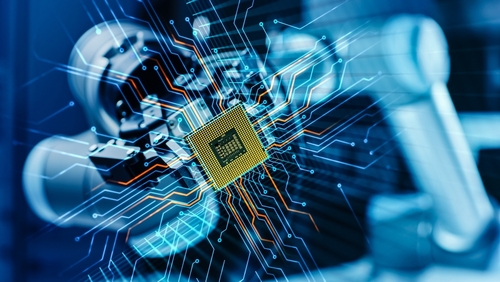
The U.S. Department of Defense and the National Nuclear Security Administration said earlier this month that they will partner with Lawrence Livermore National Laboratory to work on a biodefense supercomputing system.
On Thursday, the DoD said it was working with NNSA to increase the computing capability for national biodefense programs using a new supercomputing system dedicated to biological defense at LLNL. The collaboration will enable organizations to expand systems of the same system architecture as LLNL’s exascale supercomputer, El Capitan, projected to be the world’s most powerful supercomputer when it is operational this year. El Capitan features AMD’s MI300A processors.
The systems will allow for large-scale simulation and AI-based modeling for a variety of biodefense activities, including biosurveillance, threat characterization, advanced materials development and accelerated medical countermeasures. DoD and NNSA said they expect to allow U.S. government interagency, international allies, as well as partners, academia and industry, to access the supercomputing capability.
“This new supercomputing system and other technical enablers underscore DoD’s commitment to building enduring advantages and delivering cutting-edge defensive capabilities that will ensure the Total Force can deter or prevail against advanced chemical and biological threats,” Deputy Assistant Secretary of Defense for Chemical and Biological Defense, Ian Watson, said.
The new supercomputing system was funded by the DoD’s Chemical and Biological Defense program, and will advance a 2023 DoD and NNSA agreement to work together on biodefense challenges.
“All the labs have fancy compute, and deep roots in simulation and now in data science and artificial Intelligence approaches, and they have exquisite instrumentation, because that has been the set of responsibilities that the Department of Energy has held for the government,” LLNL Deputy Director Pat Falcone said. “So, bringing that exquisite computation and precision instrumentation to the biodefense fight is really what our story is today.”




